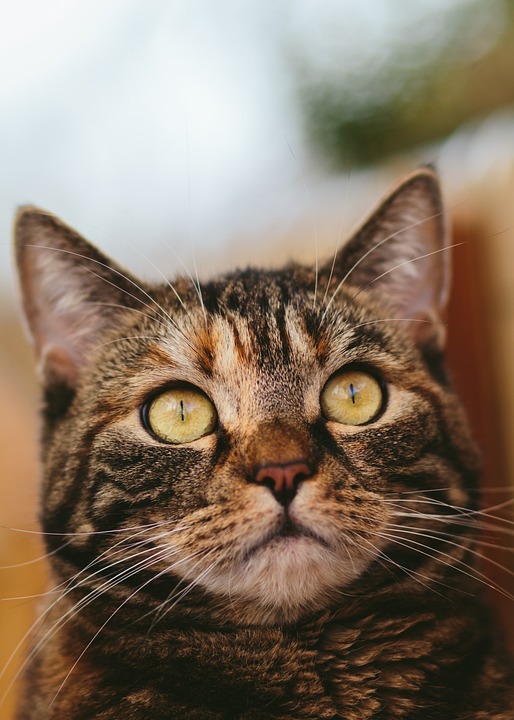Understanding Your Cat’s Body Language for Early Illness Detection
Introduction:
As a cat owner, it is essential to understand that cats have a unique way of communicating with us, often through their body language. By becoming familiar with your cat’s gestures, postures, and vocalizations, you can detect early signs of illness and ensure prompt veterinary care. In this article, we will delve into the various aspects of cat body language and how it can help you identify potential health issues.
I. The Importance of Cat Body Language
– How cats communicate through body language
– Why understanding body language is crucial for early illness detection
II. Decoding Your Cat’s Body Language
A. Facial Expressions
– Eyes: Dilated pupils, squinting, or excessive blinking
– Ears: Forward, sideways, or flattened against the head
– Whiskers: Relaxed or pulled back tightly
B. Body Postures
– Arched back: A sign of aggression or fear
– Crouching: Indicative of pain or discomfort
– Tucked tail: May suggest anxiety or pain
– Tail held high: Sign of confidence and contentment
C. Tail Movements
– Gentle swishing or wagging: Indicates relaxation or focus
– Rapid flicking or thumping: May signify irritation or aggression
– Puffed up tail: A warning sign of fear or aggression
D. Vocalizations
– Meowing: Different tones and pitches and their meanings
– Growling or hissing: Signs of aggression or discomfort
– Purring: Can indicate contentment but may also mask pain or stress
III. Detecting Early Signs of Illness
A. Changes in Eating and Drinking Habits
– Loss of appetite or excessive hunger
– Increased or decreased water intake
B. Alterations in Litter Box Behavior
– Frequent urination or difficulty urinating
– Diarrhea or constipation
C. Grooming Habits
– Excessive grooming or lack of grooming
– Skin irritations, hair loss, or matting
D. Lethargy and Changes in Activity Levels
– Decreased energy and enthusiasm
– Reluctance to play or engage in usual activities
IV. Frequently Asked Questions (FAQs)
1. How can I differentiate between normal and abnormal cat body language?
2. My cat’s tail is always puffed up. Does it indicate a health problem?
3. What are the common signs of stress in cats?
4. Should I be concerned if my cat is not purring?
5. Are there any other signs of illness that may not be related to body language?
Conclusion:
By understanding your cat’s body language, you can become attuned to their emotional and physical well-being. Early detection of illness through observing changes in body language can potentially save your cat’s life. Remember, if you notice any unusual behavior or signs of illness, it is always best to consult with your veterinarian for a proper diagnosis and treatment plan.








